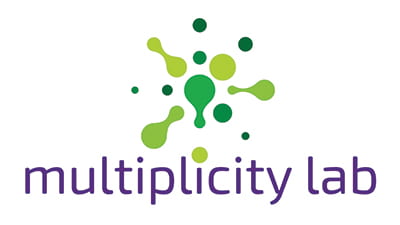Image of the Week: Fraction Hunt!
February 4, 2024Fraction Hunt!
Earlier this year, we talked about how you can use Off You Go activities to build deep understanding of number. Then we were discussing whole numbers like 5, 6, and 8, but the same principle is true for fractions, particularly fraction benchmarks that everyone needs to know well and feel deeply comfortable with, like half, fourth, and third.
In this week’s image, we ask students, Where do you see third? We’ve selected this image because one way of thinking is that each arrow on the recycling can is one-third of the symbol. The same is true for the other parts of the recycle symbol: each side is one third of the sides, each fold in the arrow is one-third of the folds or one-third of the vertices, if you see the shape inside it as a triangle. After discussing the ways that this image shows thirds, send students off to look for other representations of a third in their world, whether in your classroom and school or in their own homes and communities. The notion is that by looking for and collecting multiple representations of a concept, like a third, students can deepen their understanding of what it means and the many ways it can look.
Students might gather:
- Any three objects, where one of them (perhaps different from the rest) is one-third of the group
- A clock showing the time of 4 o’clock, or another arrangement where the hands carve out one-third of the clock face
- A container filled one-third of way to the top with water or objects
- A bulletin board filled two-thirds with art and one-third empty
- An egg carton filled with 8 eggs (one-third empty) or 4 eggs (one-third full)
- A student table in your classroom with three chairs where only one has a student sitting in it
These ideas are just the beginning. The environment you allow students to explore will create different kinds of opportunities to find and represent third. We strongly recommend that you give students the largest possible space to explore to generate the most diverse collection possible.
When you gather again to discuss what students have found, this is the time to sharpen what third actually means. Expect that students will bring back examples that are and are not a third, and the discussion is a space to figure out whether and why each example is or is not one-third. Some may be approximately one-third, others may be three rather than one-third. In the end, develop a definition of third as a class based on all the objects you agreed were one-third.
While this week’s image focuses on thirds, you can do this same activity with any fraction or whole number that students can find in their environment. Build fraction understanding by trying an Off You Go activity with your students!
To multiplicity, cheers!
Jen Munson and the multiplicity lab group

